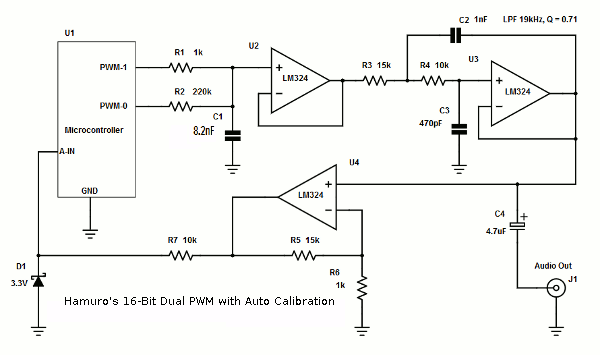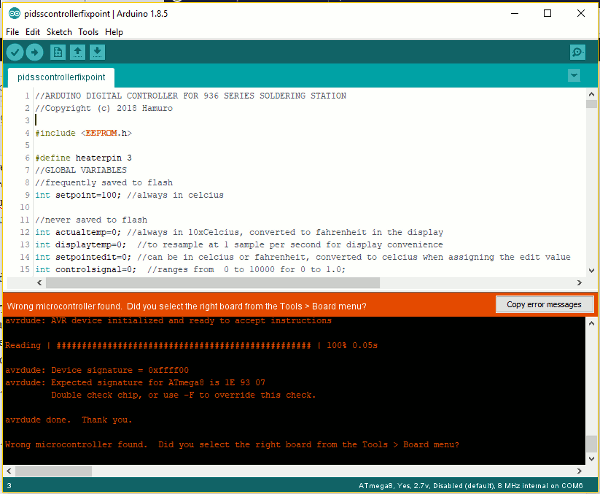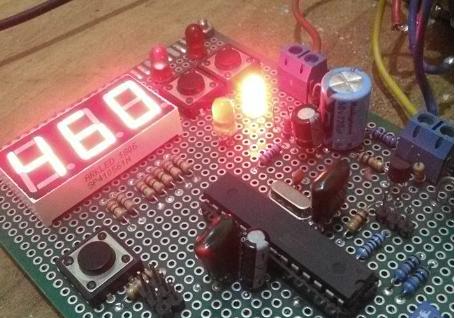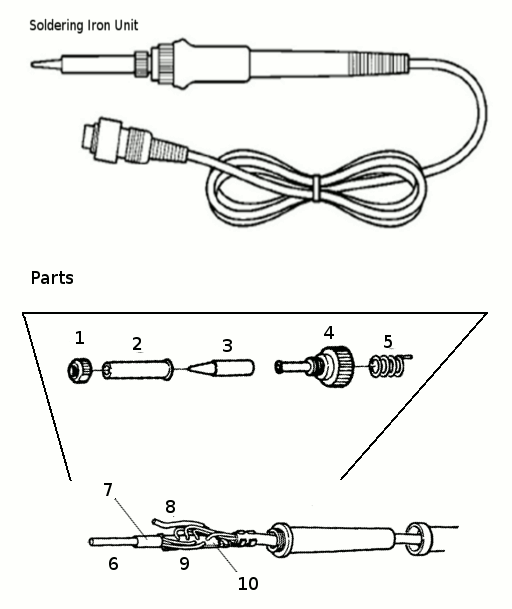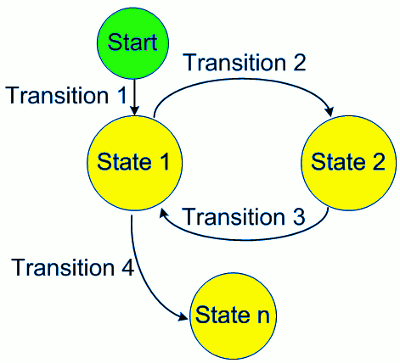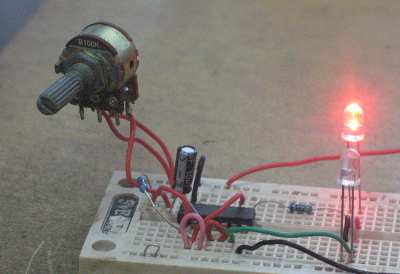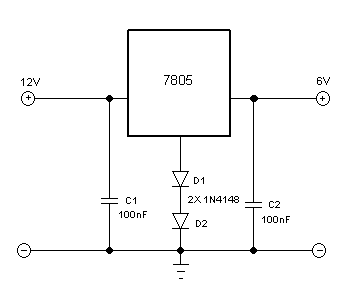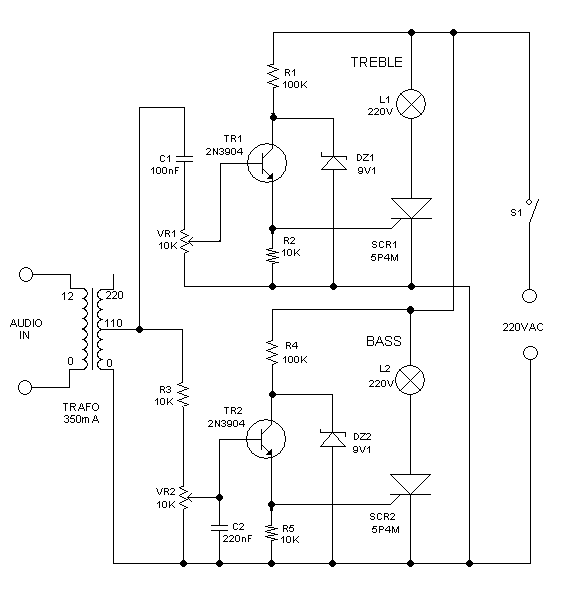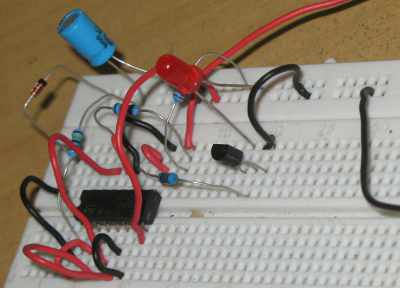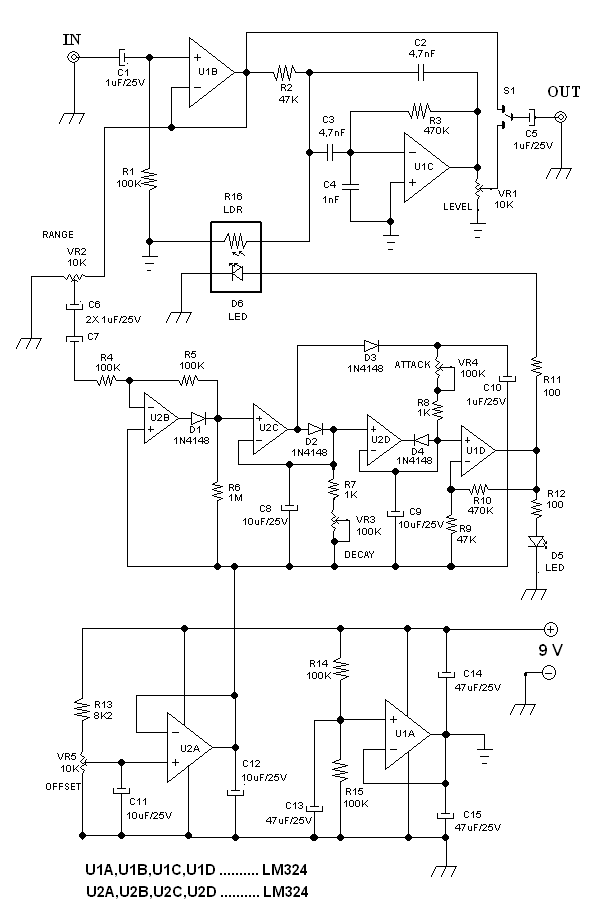Multi-Channel Expansion Oversampling: 15Bit from 12Bit ADC
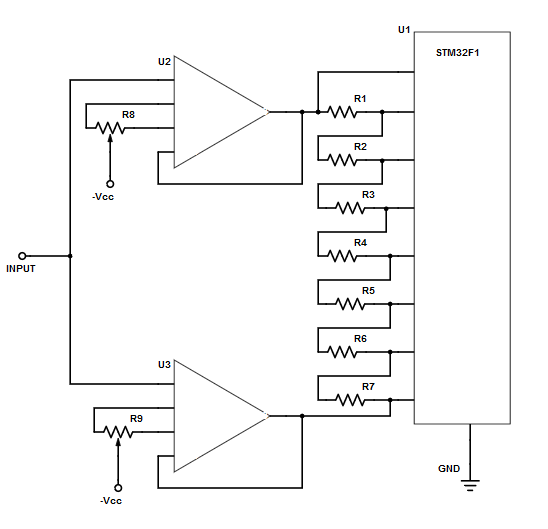
Introduction: Analog-to-Digital Conversion Oversampling Every analog-to-digital conversion is designed for specific resolution depending on the bit (binary digit) width of the conversion. For example, a 10 bit ADC with 5V reference would have 5V/1024 resolution or about 4.883 mV. The intrinsic error related to the resolution is the digital-quantization error of ±0.5 bit. In other words, it should produce only […]
Read more